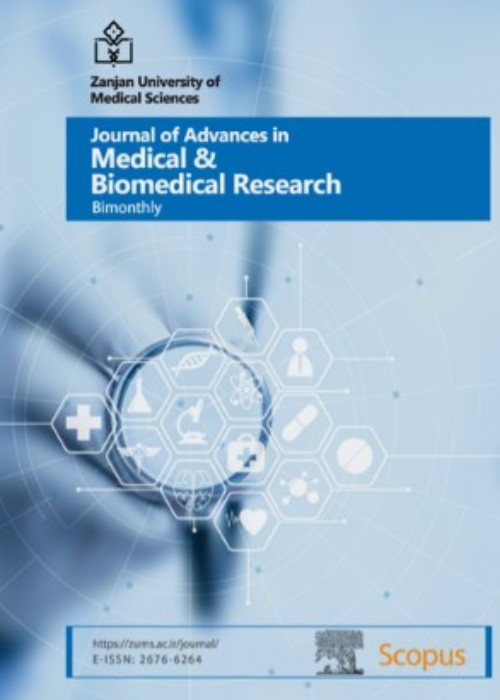Comparison of the Success Rate of Treatment with Primary Percutaneous Coronary Intervention PCI versus Thrombolytic Treatment in Patients with ST-Elevation Myocardial Infarction in Local Hospitals in Iran
Acute myocardial infarction (MI) is caused due to coronary artery occlusion and divided into two forms of ST-elevation (STEMI) and non-ST-elevation (NSTEMI) myocardial infarction. This study aimed to determine the success rate of treatment with primary PCI (percutaneous coronary intervention) versus thrombolysis in the establishment of perfusion and to evaluate the short-term complications caused by each method.
In this prospective cohort study, 90 patients were selected for primary PCI treatment and 90 patients for thrombolytic treatment. Clinical data and basic demographic characteristics of the patients and cardiovascular risk factors were recorded. The success rate of coronary reperfusion by primary PCI and thrombolytic therapy was then determined by angiography and 90-minute ECG with resolution or improvement of chest pain. All patients were examined for any serious complications such as cerebrovascular accidents, shock, and heart failure for 30 days after treatment. Data were analyzed using SPSS ver. 20.
In the primary PCI group, 75.6% of the patients were males, and 24.4% were females, but in the thrombolytic group, 76.6% and 23.3% of the cases were males and females, respectively. The mean door-to-balloon time for PCI was 63.60 ± 23.92 and was 53.70 ±21.52 min in the thrombolytic group. Thrombolysis in myocardial infarction (TIMI) flow grade III and TIMI-II were the most frequent in primary PCI and thrombolytic groups, respectively. The odds ratio (OD) of mechanical MI and major arrhythmia in patients received the primary PCI compared to those received thrombolytic therapy was 0.24 and 0.66, respectively. Also, the OD of mortality in the primary PCI group was 2.12.
Our findings suggest that in STEMI patients, the chances of short-term complications such as post-MI mechanical complications, major arrhythmia, and bleeding requiring blood transfusion were lower in patients who were treated with primary PCI than those who received thrombolytic treatment. Also, the average hospitalization in CCU and hospital in the primary PCI group was lower than the thrombolytic group.
- حق عضویت دریافتی صرف حمایت از نشریات عضو و نگهداری، تکمیل و توسعه مگیران میشود.
- پرداخت حق اشتراک و دانلود مقالات اجازه بازنشر آن در سایر رسانههای چاپی و دیجیتال را به کاربر نمیدهد.


